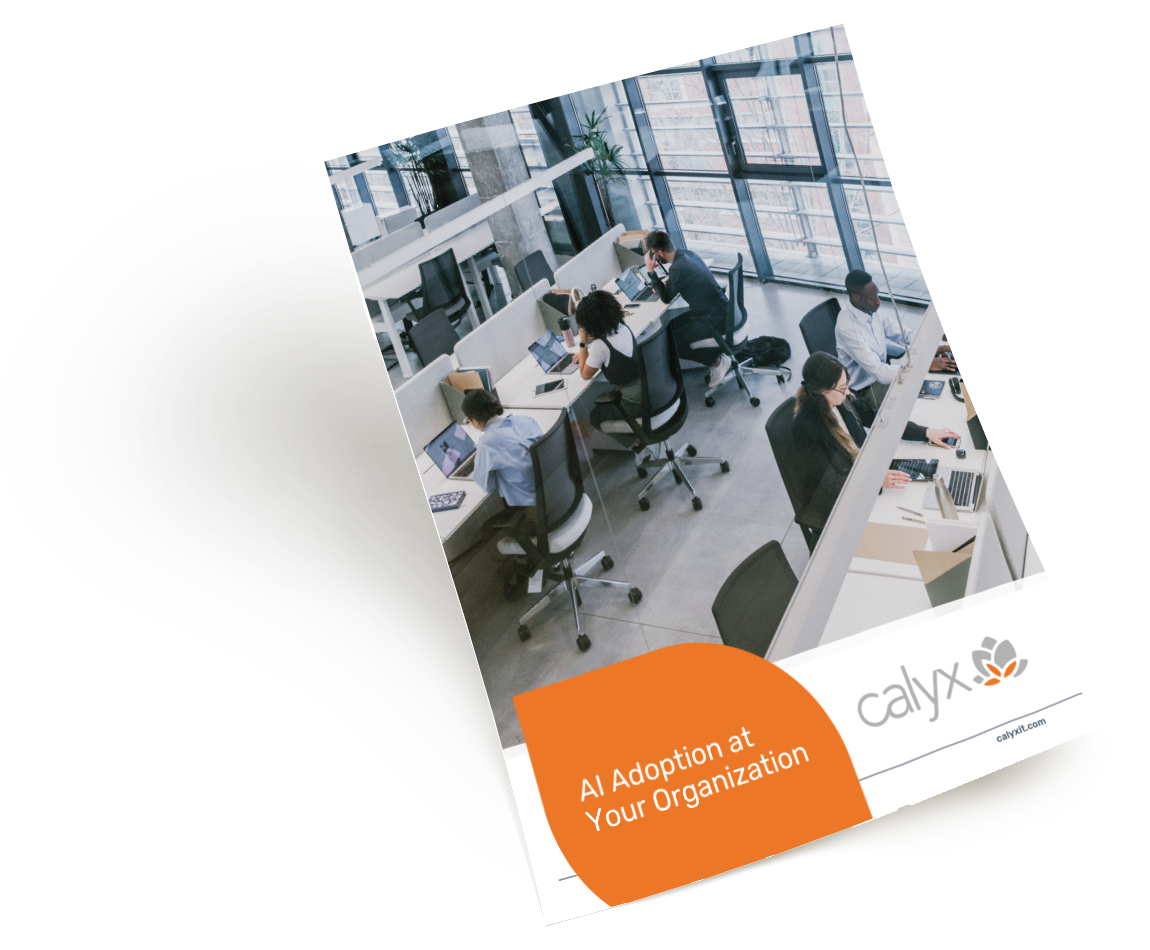Enable remote work anywhere
Increase efficiency and productivity
Gain a competitive edge
The Consistent Benefits of DaaS
We understand you want to have predictable expenses, boost productivity and make life easier in terms of IT admin. Like a magic wand, desktop as a service can solve all these issues. When you tap into our DaaS services, your team can collaborate easily, work anywhere and stay cyber-safe.
-
98.7% customer satisfaction scores (95% considered best in class)
-
Response time 2X faster than national average (Calyx averages 25 minutes)
-
Reduce IT issues by 75% compared to traditional MSPs
How does your current provider compare?
Your New Way to Work
Virtual Desktop Infrastructure (VDI)
Our team sets your virtual desktops and applications based on your unique needs.
Management and Monitoring
We track the health and performance of your virtual desktops and the underlying infrastructure.
Security
Our robust security measures protect sensitive data and ensure compliance with relevant regulations.
Storage and Backup
Count on Calyx DaaS to provide secure and reliable storage for user data and applications.
Application Management
We keep your applications current with patches and updates, and take care of licensing.
End User Experience
We ensure high performance and minimal latency with virtual desktop on any device.
Are You Ready For AI?
Adopting AI is a transformative technology that increases productivity, streamlines data analysis and so much more. Our AI Adoption Guide helps you determine if your team is ready for this tool and dives deep into how to implement AI, how to avoid common mistakes and much more.
Download the guide now to see the benefits of AI in action at your organization.

Get the Guide
Our Raving Fans
“Calyx is a wonderful company and it starts at the top with their CEO, Jason Fordu. He brings so much commitment, drive and passion to all aspects of his company and that percolates to all levels of his staff. High quality and continuous improvement is expected and Calyx delivers.”
Bruce R.
president, manufacturing
“Calyx has consistently exceeded our expectations as a partner. Their solutions addressed our business needs, streamlining our workflows and most importantly improved our efficiency. The support team is responsive and available to assist. We highly recommend.”
Chris B.
partner, construction
“Great response time with experienced computer diagnosticians.
Have been a continuous customer for almost 10 years. Calyx is exceptional!”
Joe S.
founding partner, accounting, tax & consulting
Frequently Asked Questions About DaaS (Desktop as a Service)
Find Peace of Mind
Tell us your tech headaches and goals
Get a customized plan for expert services and solutions
Love your IT again with an MSP that makes you feel special
